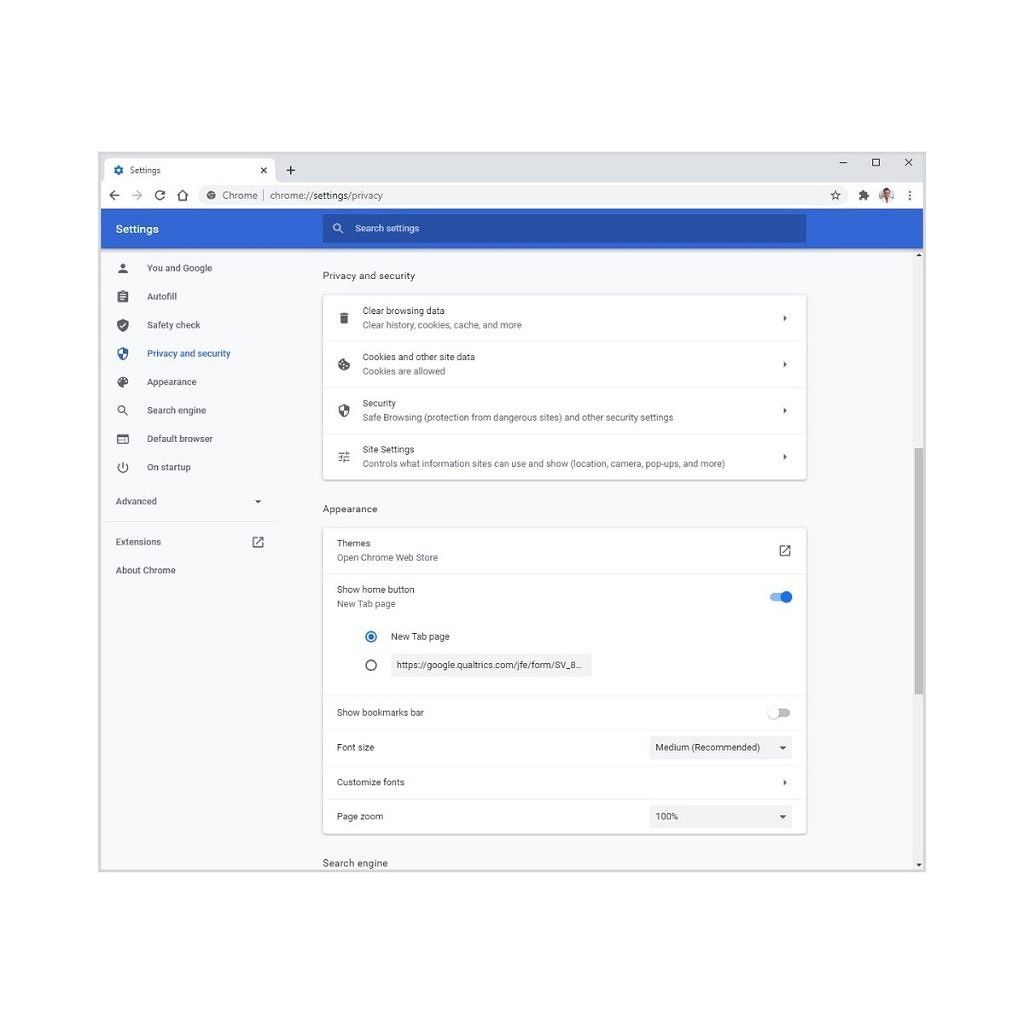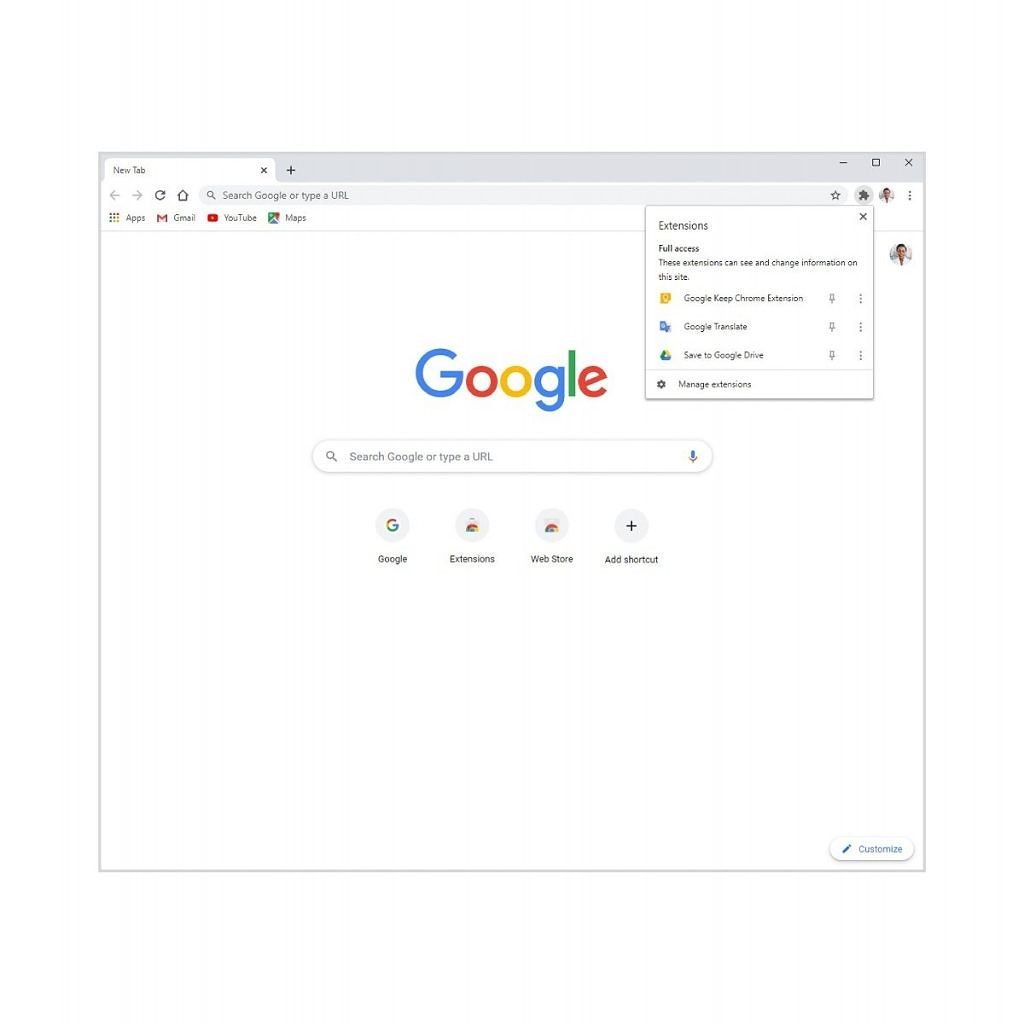Privacy and security are two of the biggest concerns when it comes to using the internet. With so many people looking to Chrome for their web browsing needs, Google is constantly making tweaks to make the internet safer and more secure. The company has announced several new privacy and security features that will be included in Google Chrome 83.
First up, Chrome will be rolling out redesigned privacy controls. The goal of the redesign is to make the controls easier to find and understand. Users can choose if and how cookies are used by websites, including the ability to block third-party cookies (even in Incognito mode) or block cookies entirely on some or all websites.
Controls in Site Settings have been reorganized into two sections for easier access. One section is for website permissions, including location, camera, microphone, and notifications. The second section is new and it shows the most recent permissions activity. At the top of the Chrome settings, users will now see "You and Google," which is where the sync controls have been moved. Deleting browsing data has been moved to the top of the Privacy & Security section.
The next new feature is called "Safety Check." This new tool will tell users if their passwords have been compromised and how to fix them. It will warn users before visiting a dangerous site or downloading a harmful app or extension if Safe Browsing is turned off. There's also a new way to quickly see if Chrome is up to date with the latest security patches, and it can tell users how to remove malicious extensions.
In addition to never saving browsing history, information entered in forms, and deleting cookies every time you close the window, Incognito mode will start blocking third-party cookies by default. Each Incognito session will include a new control at the top of the New Page tab. Users can choose to allow third-party cookies for specific sites.
Google is adding a new puzzle piece icon to the Chrome toolbar for extensions. Clicking the icon will show you what data extensions can access on the current website. Lastly, there are two new security features that users can opt-in to. "Enhanced Safe Browsing" gives you more proactive and tailored protection from phishing, malware, and other web-based threats. If enabled, Chrome proactively checks whether pages and downloads are dangerous by sending information about them to Google Safe Browsing.
The next feature is Secure DNS, which can improve your security and privacy while browsing the web. "When you access a website, your browser first needs to determine which server is hosting it, using a step known as a 'DNS (Domain Name System) lookup.' Chrome's Secure DNS feature uses DNS-over-HTTPS to encrypt this step. Chrome will upgrade users to DNS-over-HTTPS if their current DNS provider supports it.
Look for all of these features in Chrome 83 in the upcoming weeks.




